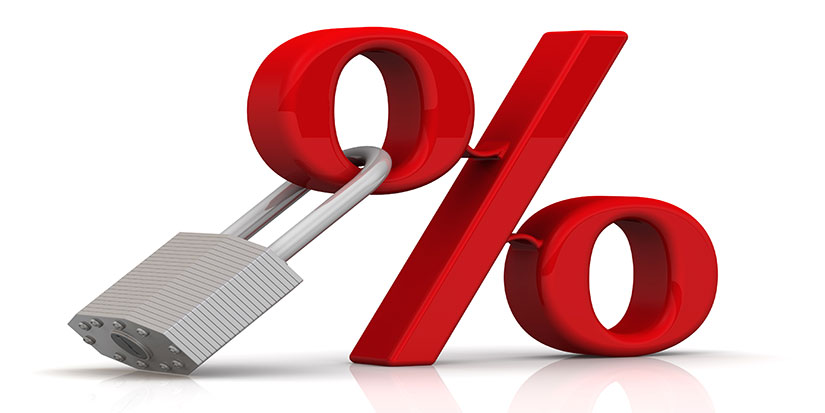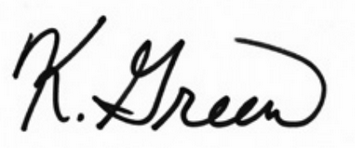Most of the stocks that you’ll see here and in the mainstream financial news are common shares. They aren’t, however, the only kinds of shares out there. Some companies issue preferred shares.
Most of the time you’ll know right away that an offering is a preferred share because the ticker will look funky. It will have the usual three or four letters, then a designation that it’s a preferred share such as “-” or “pr” followed by another letter. There is no single format for preferred shares and it can vary across platforms.
Preferred shares act almost like a hybrid of a stock and debt (bond).
This makes sense. If a company completely fails and is liquidated, preferred shareholders are positioned in the claim line between debt holders and common stock holders.
In a situation less dire than liquidation, a company will cut its common share dividend before it does the same for its preferred shares.
Here’s How Preferred Shares Work
Preferred shares are different from common shares because they:
Have a set dividend payment;
Have no voting rights;
Have a “par value” or face value which tends to make them less volatile;
May have early redemption or “callable” features.
Some preferreds might have convertible options where they can be exchanged for a specified amount of a company’s common shares.
Because the dividend is set, you know exactly what you will get paid. Whereas the dividend for common shares can vary, and is set by the board of directors.
You will also find preferred shares for companies that don’t pay dividends on their common stock.
The trade off with preferreds comes from their par value. Having a par or face value makes these shares less volatile. The downside is that preferreds rarely trade for more than a few bucks above par. You’re essentially trading the unlimited upside of common shares for the stability and predictability of preferreds.
Why I’m Looking for Preferreds Right Now
When I recommend or personally buy a preferred, I usually look for those trading at a discount to par. If I want to add it to the Bedrock Income section of the portfolio, I may pay par. But I don’t want to pay above par value for preferred shares.
If you can grab shares at a discount to par, then you’re already doing two things:
Boosting your yield above the stated percentage (when share price goes down yield goes up);
Building in gains.
What’s not to love about collecting solid income until these shares are called. Or adding a gain as other investors pile into these shares and push the market price back to par.
As interest rates begin to fall, we’ll see companies “call” higher-rate preferreds and reissue them at lower rates. If that happens, you will have collected a higher yield until the redemption, and then pocket the difference between par and your lower entry price.
This will not happen the minute the Fed cuts rates. It will take time for companies to react to lower rates. Realistically, we won’t see this preferred stock shuffle until 2025 or 2026. But it will start happening, especially for preferred shares paying over 6% backed by companies with good credit ratings.
So, I’m curious. Do you have any preferred shares in your portfolio? Or have you used them to make more money in the past? We currently have one preferred share in our Yield Shark portfolio. Using preferreds lets us lock in a whole extra percent in yield over the common shares.
Preferred shares are just one of the tools I’m going to talk more about at the MoneyShow TraderExpo in Vegas later this month. I speak on Friday the 23, but my birthday is on Wednesday the 21, so come out for all three days by registering here.
For more income, now and in the future,





